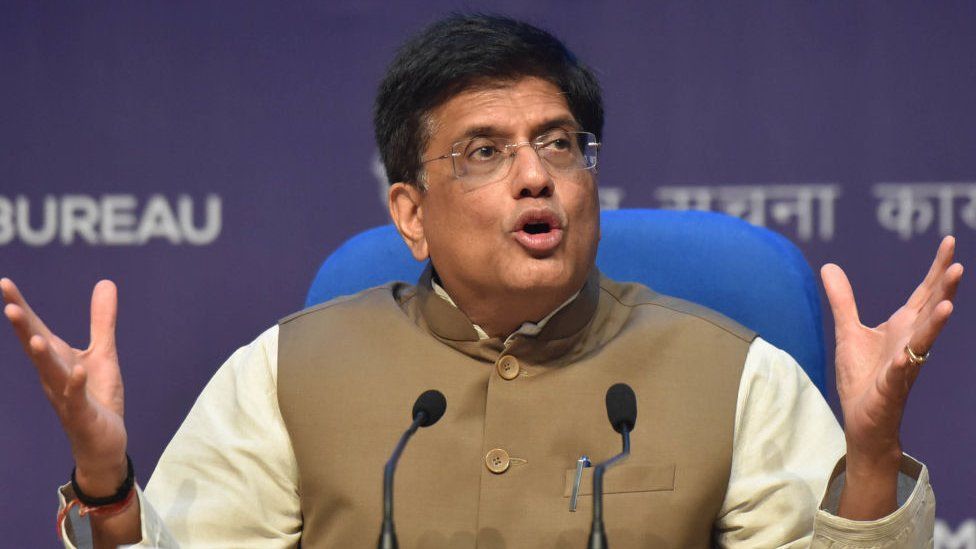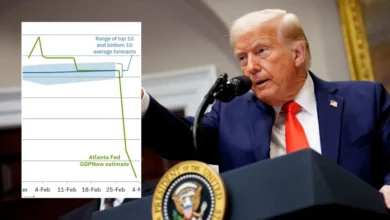As Free Trade Agreement Tends To Become More Fruitful Than Ever, EU turns To India Amid Food And Energy Crisis

New negotiations on a free trade agreement can achieve what seemed impossible nine years ago when India and the EU are celebrating 60 years of bilateral relations. Talks on a free trade agreement between India and the EU began in 2007 but were suspended in 2013. However, a member of the European Parliament – Kathleen Van Brempt – stated in a contribution to the Europe Asia Foundation that the talks between the EU and India would be worth.
The EU should strengthen its relations with India for various reasons. It is close to both China and Russia and strategically located at the center of the key Indo-Pacific region. According to sources, the geopolitical importance of India cannot be overstated. India’s third largest partner in trading is EU after the US (11.6%) and China (11.4%), accounting for €88 billion in goods trade in 2021 or 10.8% of India’s total trade. India accounted for 2.1% of the EU’s total trade in goods in 2021, far behind China (16.2%), and the US (14.7%). Trade in goods between India and the EU has seen a positive development of around 30% over the last decade.
Approximately 6,000 European companies are operating in India, providing 1.7 million jobs directly and 5 million jobs indirectly across a wide range of industries. Across industries, these businesses provide 5 million indirect and 1.7 million direct jobs. Free trade agreements not only reduce and eliminate tariffs but also help address barriers across borders.

India’s Free Trade Agreements Status
India’s involvement in FTAs has come full circle. At the turn of the century, the country negotiated several free trade agreements, which included agreements with Singapore, Malaysia, Japan, Korea, and ASEAN (Association of Southeast Asian Nations). Countries enter into FTAs for a variety of reasons
• Removal of trade barriers and easier market access for FTA partners with non-tariff barriers to facilitate the cross-border movement of goods.
• Free trade agreement exporters receive preferential treatment over non-FTA members. FTA exporters can charge competitive prices compared to non-FTA exports due to tariff preference. This will also protect local exporters from foreign firms. It promotes conditions of fair trade competition and provides a fair contribution to economic development.
• The free trade agreement also increases foreign investment outside the FTA. Its members create a trade environment and facilitate requirements. Foreign investors may want to take advantage of the huge domestic market, thereby creating new markets for exporters and importers.
• A free trade agreement can serve as a springboard to create another regional cooperation framework to expand and improve the mutual benefits of the agreements. Initiatives such as the Mutual Recognition Agreement (MRA) help improve progress in multilateral negotiations and reduce complexity.
• Domestic industry becomes more competitive as a result of the Free trade agreement. This can reduce dependence on government support and help the government reduce spending on subsidies for local industries.
Status Of Free Trade Agreement Between India And EU
European and Indian expectations diverge on issues such as tariffs on cars, wine, and dairy products imported from the EU and visa liberalization for Indian professionals entering the EU. The EU and India have even had trade disputes at the World Trade Organization (WTO) over wine and spirits and pharmaceuticals. When the FTA negotiations began, India had high tariffs in areas of EU interest and restrictions on foreign direct investment (FDI) in several sectors, including insurance and trade. Rules on foreign direct investment in insurance and single-brand wholesale and retail have since changed, but tariffs on goods such as wines and cars remain between 60 and 100 percent.
Both the EU and India have expressed concerns about the restrictive measures acting as a barrier for their exporters. For example, the EU recently expressed concern over the Indian government’s requirement that 15 categories of IT and consumer electronics must be registered in the country. A similar problem is the mandatory testing and certification of elements of the telecommunications network in a given country. India has also been affected by EU regulations and standards, especially in terms of exports of agricultural products.
The FTA is also important for India in terms of investment flows and technical cooperation. EU assistance would allow European companies to help India in its plan to develop 100 “smart cities” shortly, as well as help other Indian initiatives.

To agree on a free trade agreement despite the differences between the EU and India’s negotiating agenda in a difficult economic climate, both partners will need to show the same commitment that others have shown in negotiating mega-regional agreements. The challenges and limitations are not insurmountable. Given the reluctance of both sides to agree to the other’s demands, they should start by negotiating less difficult sectors. This will demonstrate a willingness to return to the negotiating table and send a clear signal that both sides want to talk further.
It is important that India overcomes its siege mentality, commits to institutional reform, and confronts domestic vested interests. Achieving a mutually beneficial agreement for both the EU and India will be a long road, but despite several missed deadlines, it is not out of reach. According to the IMF, India’s projected annual GDP growth is above 8%. The world is currently experiencing an energy and food crisis. The importance of climate change is increasing. The COVID epidemic has brought many problems. This caused further expansion and diversification of supply chains. In June 2022, India and the EU started implementing the Investment Protection Agreement and the Agreement on Geographical Indications.
It is a sign of renewed political zeal on both sides to push for political and trade ties. Key tools in this regard are the EU-India High-Level Dialogue on Trade and Investment, launched in 2021 by the decision of the EU-India Summit in July 2020, as well as the EU-India Trade Sub-Commission established in the framework of cooperation and investment in 1994. EU-India Partnership Agreement and its Specialized Working Groups and Dialogues.

Both parties have different expectations regarding market access. India currently imposes tariffs of 60-100% on key exports to the EU, including wine and cars. As part of its goal, India wants to establish itself as a global industrial center and a regional power to develop closer trade ties with the EU.
edited and proofread by nikita sharma




